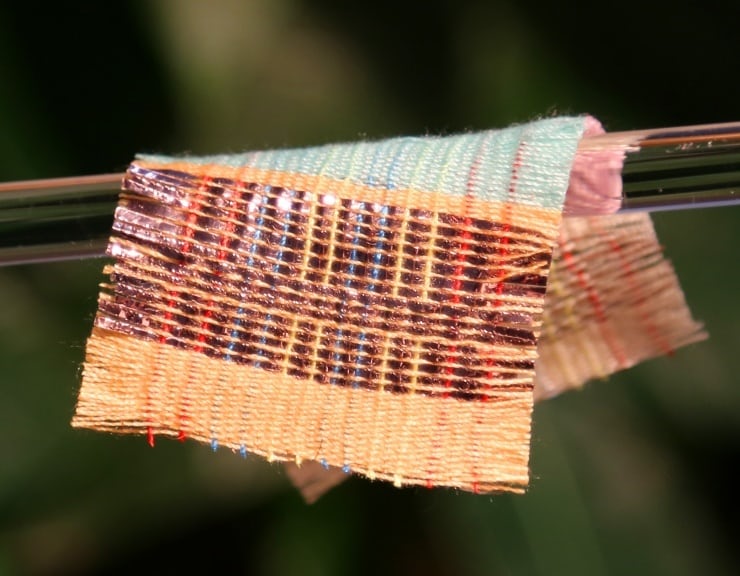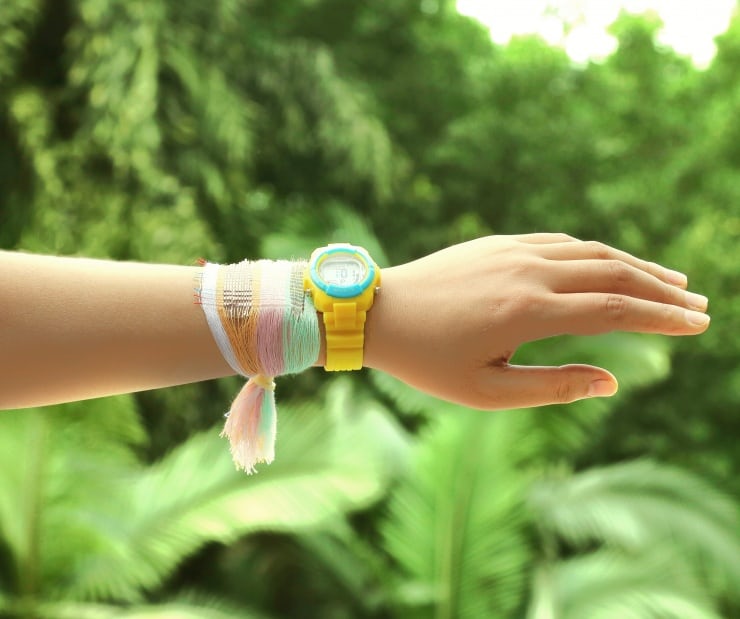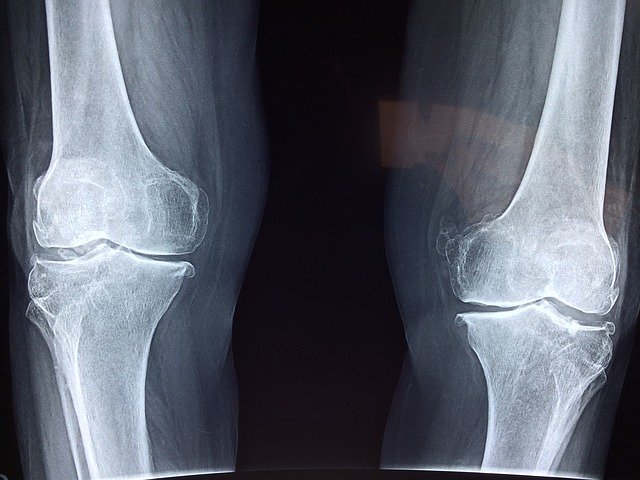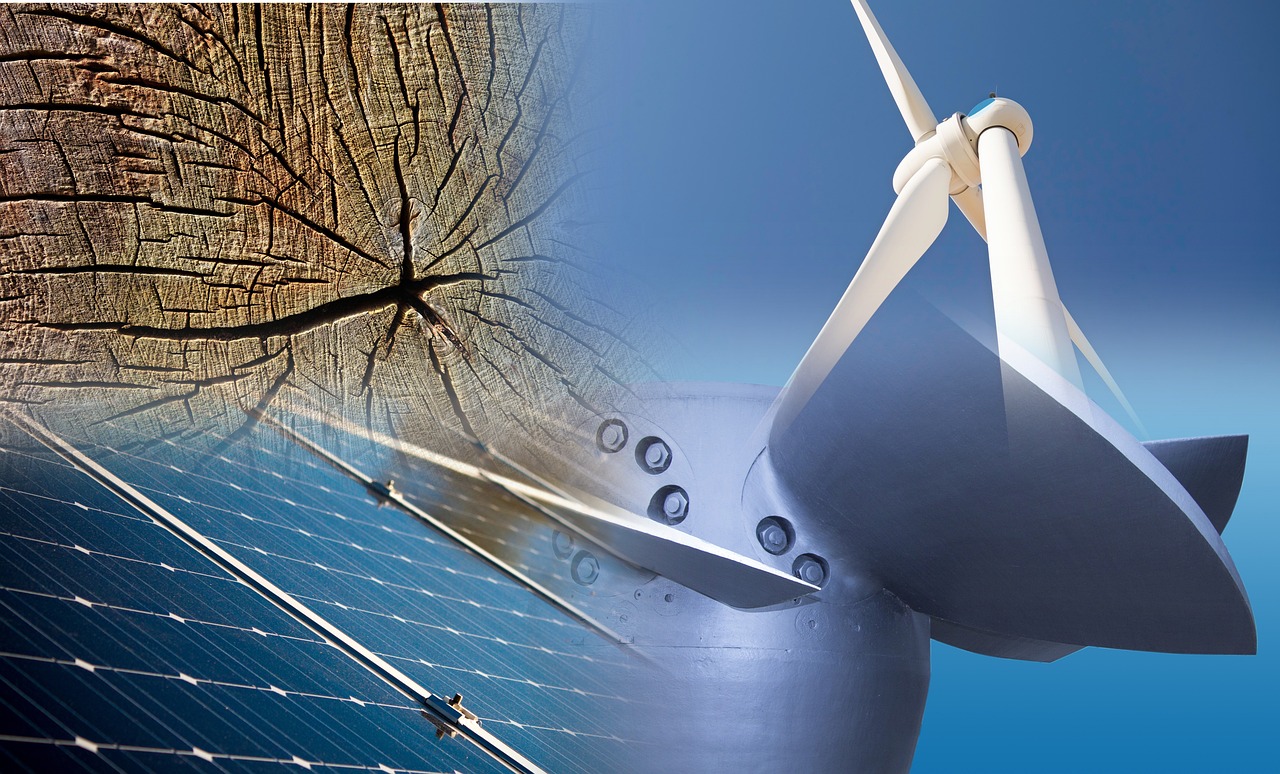We are highly dependent on electronic devices today. With more and more gadgets, there is a need to develop the next generation of electronics that are lightweight and flexible with sustainable power sources.
In a big breakthrough, Georgia Tech engineers have developed a new type of hybrid power textile by weaving photoanodes and triboelectric nanogenerators into cloth.
If all goes as planned, someday our clothes will be able to power our electronics.
The engineers made use of a “commercial textile machine” to weave this amazing fabric. This hybrid energy fabric can harvest solar energy through solar cells fabricated from lightweight polymer fibers.
Triboelectric nanogenerators use a combination of the triboelectric effect and electrostatic induction to generate power from mechanical movement. Both of these materials are interwoven with wool.
As per Zhong Lin Wang, one of the study’s authors, “This hybrid power textile presents a novel solution to charging devices in the field from something as simple as the wind blowing on a sunny day.”
The resultant fiber is flexible, breathable, and lightweight, so it could be easily used to make tents, curtains, flags, or other textile products.
Wang says, “The backbone of the textile is made of commonly-used polymer materials that are inexpensive to make and environmentally friendly. The electrodes are also made through a low-cost process, which makes it possible to use large-scale manufacturing.”








